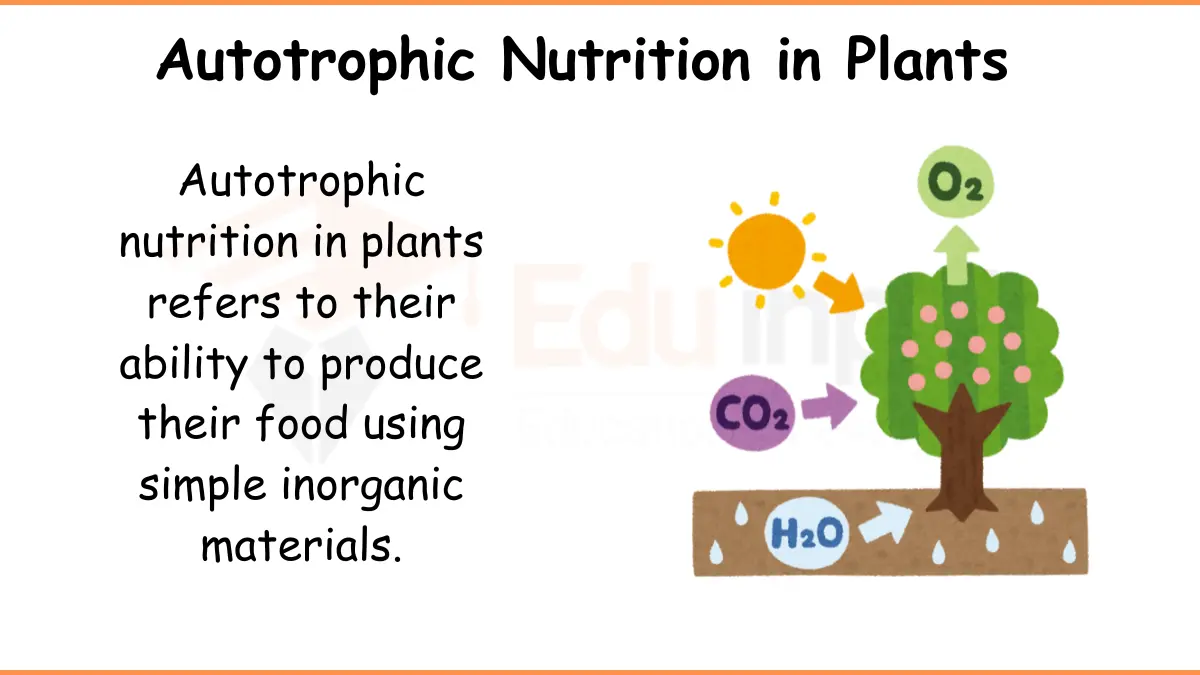Methods of Animal Nutrition | Classification Of Animals Based On Modes Of Nutrition
Animal nutrition is important for a number of reasons. Animals are made up of mostly cells that cannot move to go get food. Therefore, it is important to have a system in place that can deliver food and other necessities to these stationary cells. The digestive system provides water, electrolytes, and other nutrients to help keep animals healthy and nourished.
Functions Of The Digestive System:
The digestive system is specialized for the following functions:
1. Ingestion of food
2. The movement of food through the digestive tract is powered by a series of muscle contractions. These contractions are coordinated by the nervous system and regulated by hormones. The digestive system is responsible for this process.
3. Food Digestion.
4. The ‘absorption’ of water, electrolytes, and other nutrients from the lumen of the digestive tract is a process that is essential for our health and well-being. Without adequate absorption of these substances, we would become dehydrated and malnourished. Therefore, it is important to make sure that our digestive system is functioning properly in order to absorb the nutrients we need. And this process is facilitated by digestive system.
5. removal of Undigested food from the digestive tract.
Classification Of Animals Based On Modes Of Nutrition
The animals may be classified into different groups based on modes of nutrition:
1. Detritivores
Detritivores are animals that eat detritus, which is organic debris that comes from the decomposition of plants and animals. A common example of a detritivore is an earthworm. Earthworms move on the soil surface or make burrows in the soil, and they eat fragments of decaying organic matter, especially vegetation.
2. Herbivores
The animals that feed on plants are called herbivores.
•Examples
Herbivores come in many shapes and sizes, from insects and reptiles to birds and mammals. Two important groups of herbivore mammals are rodents and ungulates. Ungulate mammals are hoofed grazing animals like horses cattle and sheep.
Dentition In Herbivores
The premolars and molars of herbivores have large, flat surfaces for grinding down plants. There is a large gap between the incisors and the premolars, and there is no canine tooth. The upper incisors are also absent in grazing and browsing herbivores like deer and sheep.
3. Carnivores
The animals that feed on other animals are called carnivores A predator is an animal that captures and readily kills live animals for its food. The animal which is eaten is called prey. All the predators are carnivores.
Dentition In Carnivores
.The carnivores have large canine teeth. These canines are used for catching and tearing prey.
• The incisors, premolars, and molars are all adapted for cutting flesh, and cracking bone. They break the chunks to a size suitable for swallowing.
Predator Prey Interaction:
The predator-prey interaction helps in maintaining ecosystem stability. If a specie does not have natural predators, it may cause disastrous results. The rabbit was introduced to Australia without its natural predator. It multiplied and produced a large number of rabbits. These rabbits become a menace for the farmers.
•Examples:
Cats, dogs, lions, and tigers.
4. Omnivores
The animals which eat both animal and plant foods are called omnivores.
•Examples
Examples of omnivores are crows, rats, red foxes, bears, pigs, and men. Their teeth are structurally and functionally intermediate between the herbivores and carnivores.
5. Filter Feeders
The animals which filter food from water by different organs are called filter feeders. Many aquatic animals filter the water. They digest the particles they extract from it.
6. Fluid Feeders:
The animals which ingest food in the form of liquid are called fluid feeders.
•Examples
Aphids and mosquitoes are examples of fluid feeders.
7. Macrophagous Feeders:
The animals which take food in the form of large pieces are called Macrophagous feeders.
8. Parasitic Nutrition:
An organism that lives on or within another organism called the host for obtaining its food and causing harm to the host is called parasite. There are different types of parasites.
(i) Ectoparasite
A parasite that lives upon its host is called an ectoparasite.
(ii) Endoparasites
A parasite that lives within the host is called an endoparasite.
(III) Obligate Parasites
The parasites which live parasitically at all times in their host are parasites. These parasites cannot survive without their specific hosts.
(Iv) Facultative Parasites
The parasites that can live independently for some time are called facultative parasites.





Leave a Reply